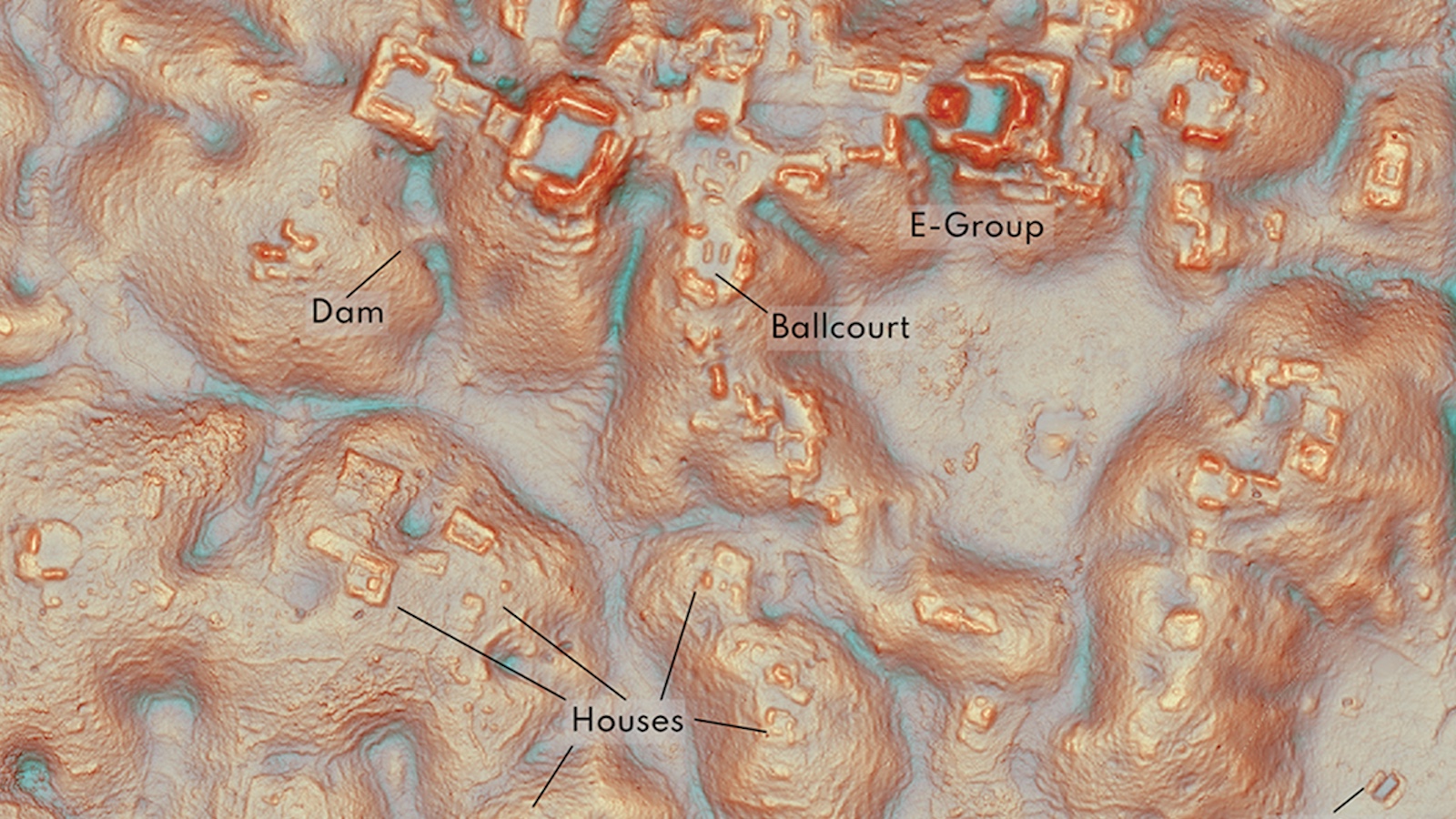Machine Beauty and Our Bionic Future

A paralyzed woman completing the London Marathon using a bionic exoskeleton suit. A quadriplegic woman using a brain-computer interface to move objects in 3D space. Men and women opting to amputate entire limbs in order to replace them with a new generation of “beautiful” prosthetics. Welcome to the brave new world of Machine Beauty, where our new willingness to replace our limbs with superior prosthetic devices hints at our technological future as a species. Maybe futurist Ray Kurzweil was right after all when he predicted the merging of man and machine within our lifetime as part of the great Singularity.
Versions of these human enhancements have been around a decade or more, thanks to mind-blowing advances in fields such as robotics. What’s changed now is how we – as a society – view these enhancements. Are we somehow becoming “more than human”? If, in the past, we made every effort to salvage our human limbs, we now are making a different type of cost-benefit analysis: whether we might be better off with beautiful, life-like prosthetics. The New York Times profiled an extraordinary number of men and women making the unthinkable choice – they are choosing to amputate entire limbs in order to have access to the next generation of prosthetics from companies like iWalk. Whereas before they may have tried to salvage part of a leg, they are now opting to amputate the entire limb and replace it with a full prosthesis.
Until recenly, there had been inside nearly all of us, a sense that people missing limbs or having an inability to control parts of their bodies were somehow unequal within our society. That’s all changing now – if anything, there’s a growing perception that people are gaining powerful new abilities thanks to new super prosthetic limbs. In one example, a woman had a bionic ankle that she was able to adjust to heel heights, thanks to micro-motors and sensors. Try doing that with a pair of Louboutins and a set of human ankles.
People missing limbs have been competing in high-intensity athletic events using prosthetic devices for years — the classic example being Oscar Pistorius, the athlete who uses a pair of J-shaped carbon fiber blades to run faster than almost every human on the planet. Now there are other examples of everyday bionic men and women completing superhuman feats. In London, a 32-year-old woman completed the London Marathon in 16 days – despite being completely paralyzed. She ran the marathon in a special exoskeleton suit from ReWalk. Unlike the original Six Million Dollar Man, these men and women are not lab experiments from a secret government intelligence organization – they are everyday mothers and fathers using custom skins, motors and microchips to replicate natural human motions and the appearance of flesh.
The final frontier, of course, is not just replacing limbs with mechanical prosthesis devices or using special brain-computer interfaces to control 3D objects. The final frontier, indeed, is actually implanting pieces of silicon inside our brains – the true merging of man and machine. Alongside machine-inspired improvements like the bionic retina, you would then have the bionic brain – a brain capable of feeling all human emotions, but enabled with the super-processing computing capabilities of silicon. In many ways, today’s Web is a form of external bionic brain that we use to augment our everyday activities — now all that’s needed is making this relationship explicit by actually implanting silicon inside the cortex and hooking up the peripheral nerves.
That, of course, is roughly the vision laid out by Ray Kurzweil in The Singularity is Near. Machine intelligence will continue to advance at a rapid pace until machines are smarter than humans, at which point man and machine will merge. Bionic enhancements will become commonplace as machines become superior in intelligence to humans. Until recently, this was an option that seemed almost unthinkable. Now, it looks like we will welcome this Machine Beauty, recognizing it as the path to a new kind of immortality.
image: Robot Woman Holding Glowing Sphere of Energy / Shutterstock





